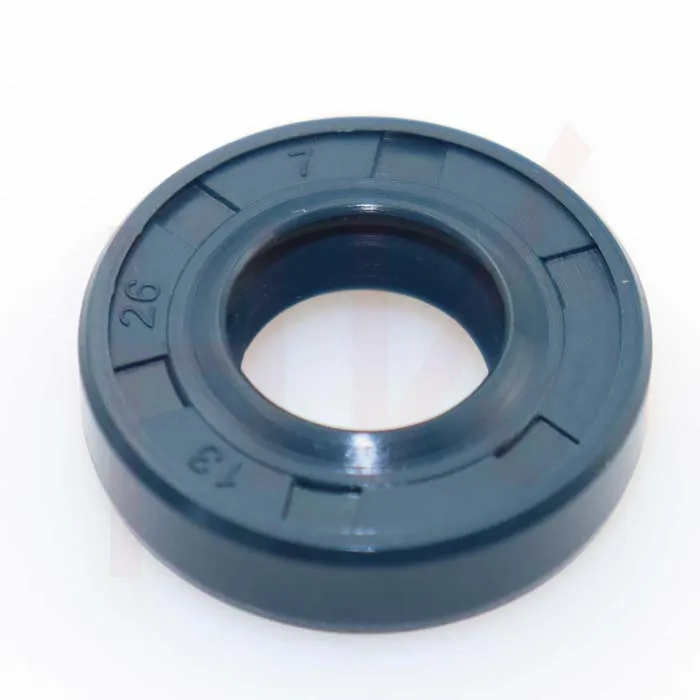joulu . 16, 2024 16:58 Back to list
Hydraulic Cylinder Seal Change Guide for Improved Performance and Longevity
Hydraulic Cylinder Seal Replacement A Comprehensive Guide
Hydraulic cylinders are crucial components in various machinery and equipment, playing a vital role in converting hydraulic energy into mechanical force. Central to their operation are seals that prevent fluid leakage and ensure the efficient functioning of the cylinder. Over time, these seals can wear out or become damaged, necessitating their replacement. This article provides a comprehensive guide to the hydraulic cylinder seal replacement process, ensuring that you can maintain optimal performance in your hydraulic systems.
Understanding Hydraulic Cylinder Seals
Hydraulic cylinder seals are designed to maintain pressure within the cylinder while minimizing leakage. There are typically two types of seals found within hydraulic cylinders static seals and dynamic seals. Static seals are situated in areas where there is no movement, while dynamic seals are used in moving parts. Both types are crucial for maintaining the integrity of the system.
Common materials used for hydraulic seals include rubber, polyurethane, and various plastics, each suited for specific applications based on temperature, pressure, and fluid compatibility. Recognizing the type of seals you need for replacement is the first step in the replacement process.
Signs of Seal Failure
Before diving into the replacement process, it’s essential to identify the signs of seal failure
. Common indicators include1. Fluid Leaks If you notice hydraulic fluid pooling around the cylinder or dripping, it is a clear sign that the seals may need replacing. 2. Decreased Performance If the hydraulic system is lagging in response or struggling to lift loads, worn seals could be contributing to the problem. 3. Increased Pressure A sudden rise in system pressure can also indicate seal issues, as compromised seals may alter the hydraulic circuit's efficiency.
Steps for Seal Replacement
1. Preparation Before beginning the replacement, ensure that you have all the necessary tools and components. This includes replacement seals, wrenches, cleaning supplies, and safety equipment such as gloves and goggles.
hydraulic cylinder seal replacement

2. Depressurize the System Safety is paramount. Make sure to depressurize the hydraulic system to prevent any accidental releases of fluid.
3. Remove the Cylinder Detach the hydraulic cylinder from the equipment according to manufacturer instructions. This may involve disconnecting hoses and bolts.
4. Disassemble the Cylinder Once the cylinder is removed, carefully disassemble it. Take note of the arrangement of the seals and components as you will need to replicate this during reassembly.
5. Inspect Internal Components Check the cylinder walls and other internal components for wear or damage. If the cylinder itself is damaged, it may require further repair rather than just seal replacement.
6. Clean the Components Thoroughly clean all parts of the cylinder to remove old seal remnants and debris. This ensures that new seals can be properly seated without contamination.
7. Install New Seals Carefully install the new seals in the same arrangement as the old ones. Ensure that they are seated properly to avoid future leaks. Take care not to apply excessive force, and use lubrication when necessary to assist in the installation.
8. Reassemble and Test Once the new seals are in place, reassemble the cylinder, reconnect it to the machinery, and refill the hydraulic fluid.
9. Test the System Gradually apply pressure to the system to ensure there are no leaks. Monitor the cylinder's operation to confirm that it performs as expected.
Conclusion
Replacing hydraulic cylinder seals is an essential maintenance task that ensures the efficiency and longevity of your hydraulic systems. By following the steps outlined above, you can tackle this task confidently. Remember, regular inspections and maintenance will help you catch seal wear early, ultimately saving time and costs associated with more significant repairs. If you're ever uncertain, don't hesitate to consult with a professional to ensure the job is done right.
-
The Trans-formative Journey of Wheel Hub Oil Seals
NewsJun.06,2025
-
Graphene-Enhanced Oil Seals: Revolutionizing High-Pressure Oil Sealing
NewsJun.06,2025
-
Future of Hydraulic Sealing: Advanced Intelligent TCN Oil Seals
NewsJun.06,2025
-
Don’t Let a Broken TCV Oil Seal Ruin Your Day
NewsJun.06,2025
-
Bio-Inspired Dust Seals for Better Sealing Performance
NewsJun.06,2025
-
Biodegradable and Sustainable Hydraulic Seal Materials
NewsJun.06,2025
-
Top Oil Seal Solutions for Your Industrial Needs
NewsMay.22,2025
Products categories
















